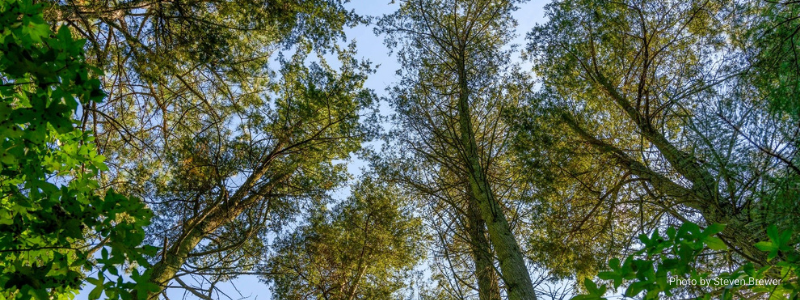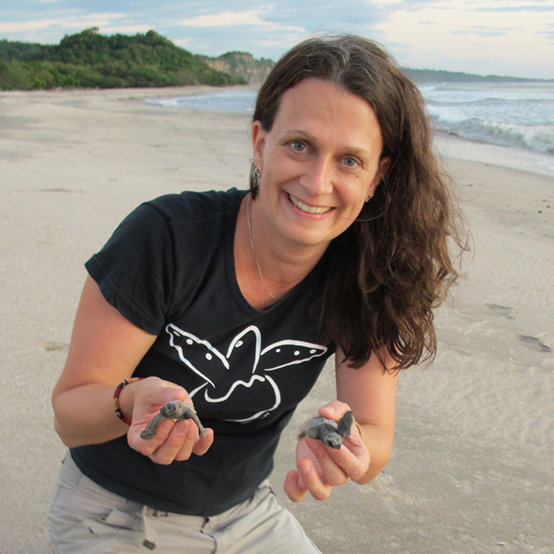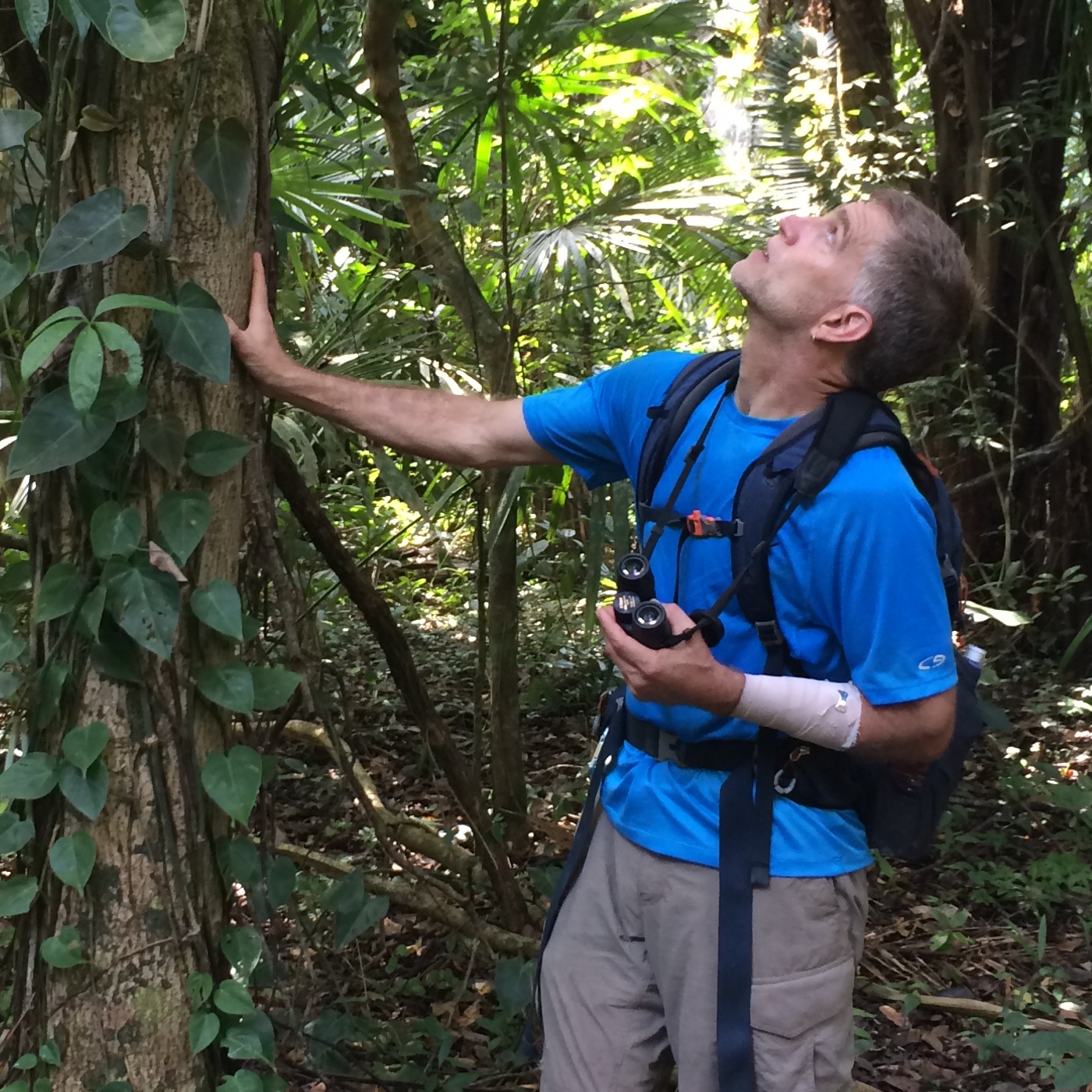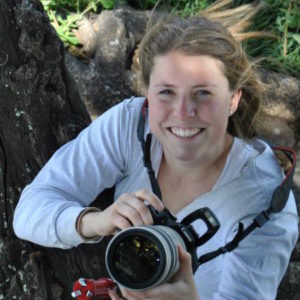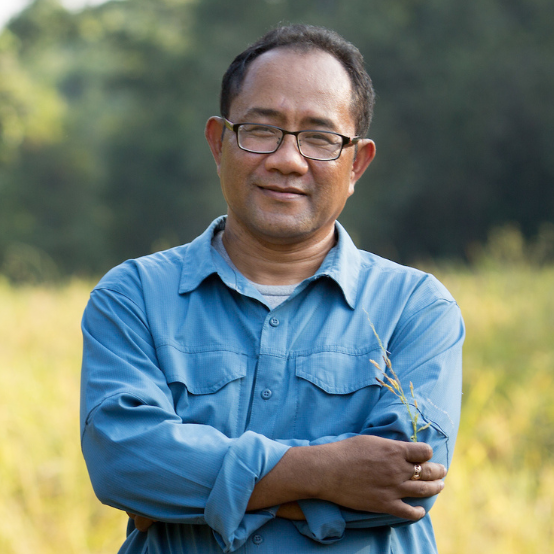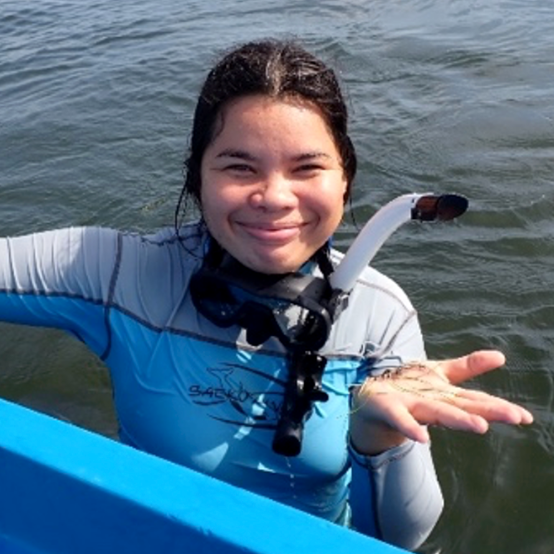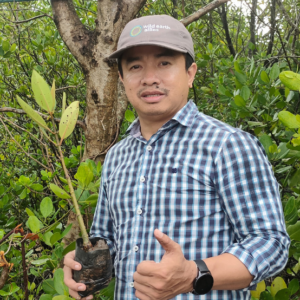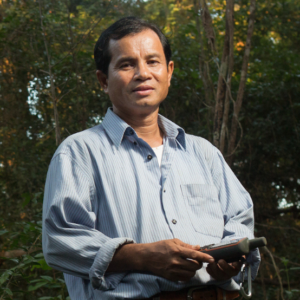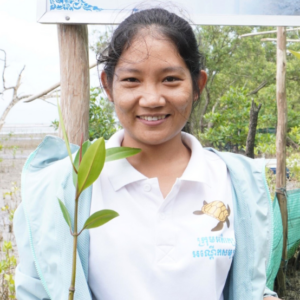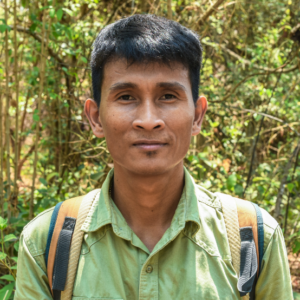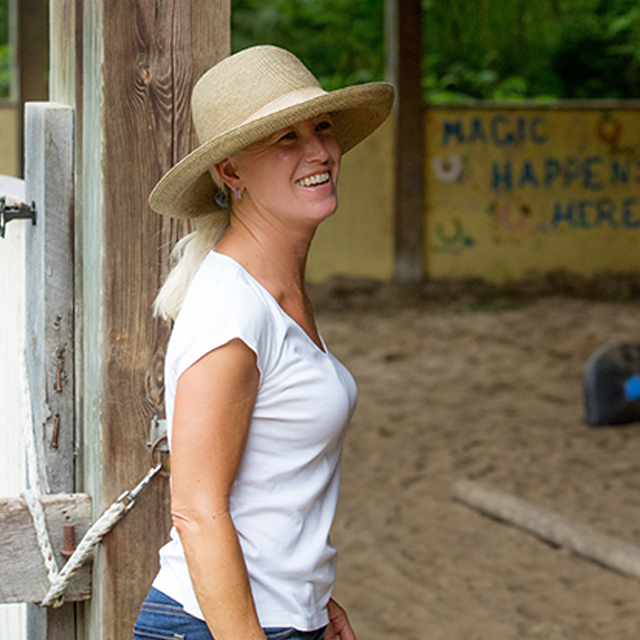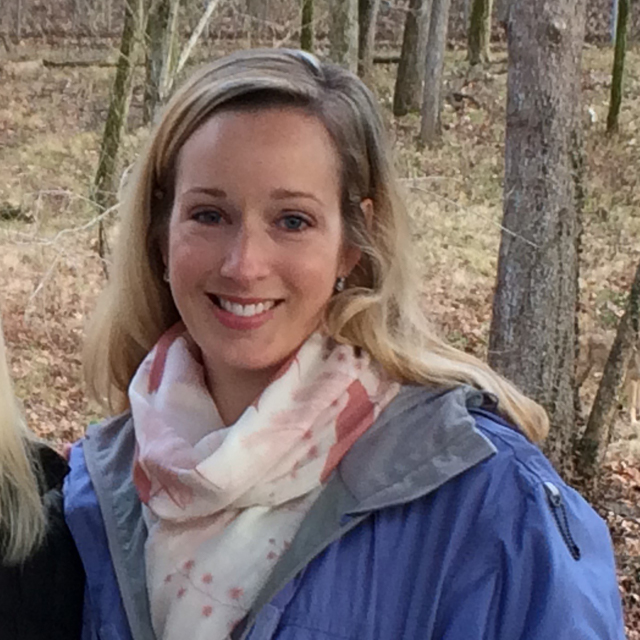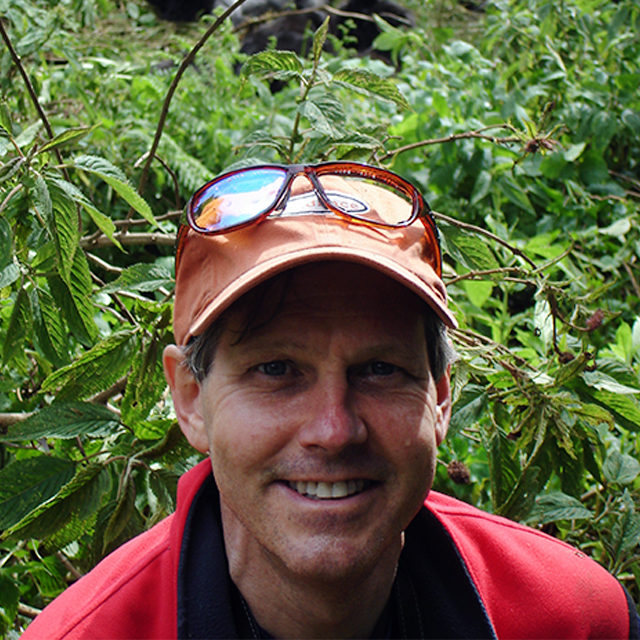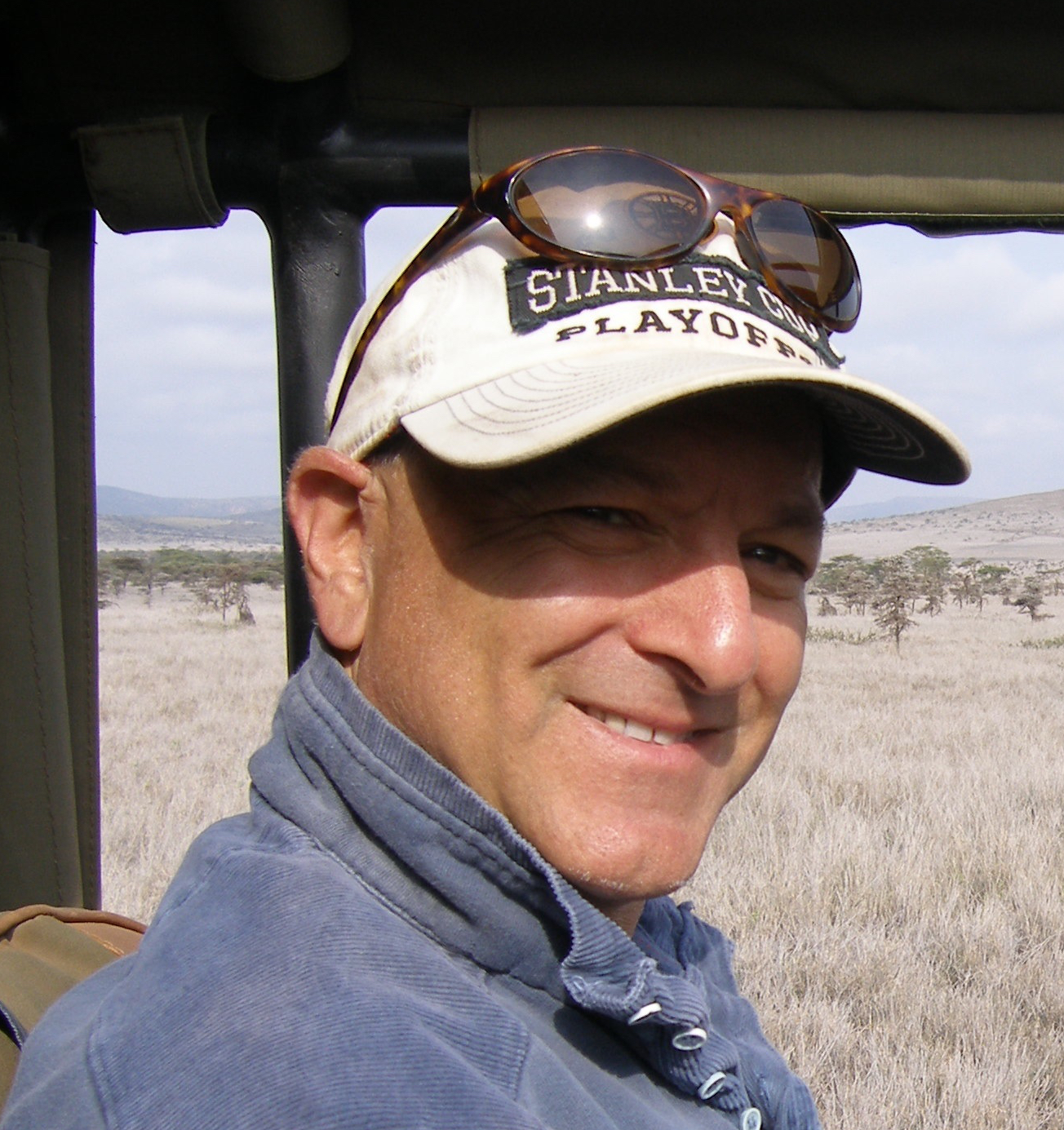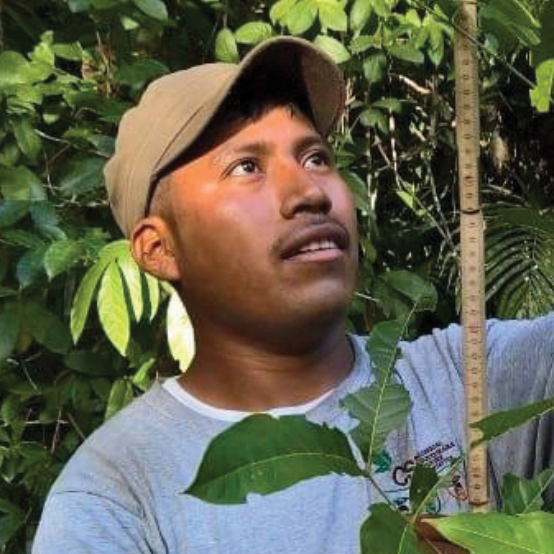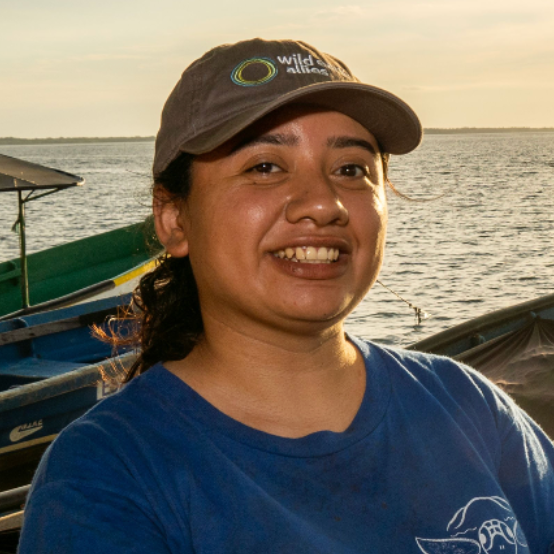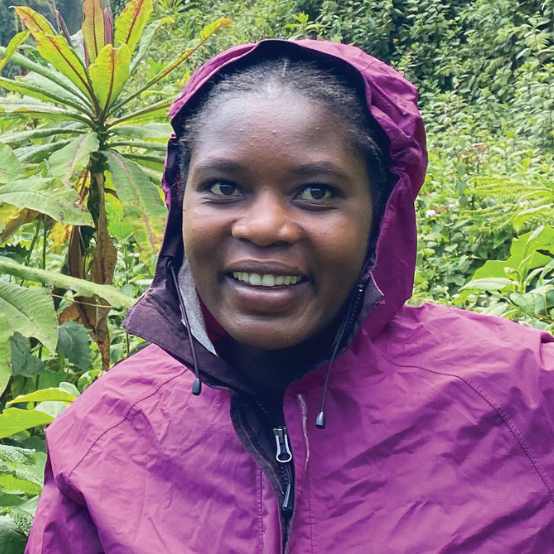As we celebrate our fifth anniversary as Wild Earth Allies, we are proud to share another exciting milestone: our first U.S. partnership.
For the past five years under our new name, we have collaborated with talented partners around the world to protect wildlife and habitats.
This year, we expanded these efforts to the United States by joining forces with statewide land trust Delaware Wild Lands (DWL). Together, we are restoring the Great Cypress Swamp (the Swamp) – a remarkable 10,600-acre forested wetland and a vital part of two major watersheds: the Delaware Inland Bays and the Chesapeake Bay.
DELAWARE’S FIRST LAND TRUST
With a history rooted in a love of the Delaware landscape, DWL has been acquiring and protecting land since its founding in 1961. The first land trust in Delaware, DWL was established by a small group of motivated individuals to safeguard the First State’s critical coastal and natural resources. For six decades, DWL has played a pivotal role in permanently protecting tens of thousands of acres of land, including the Swamp. Our new collaboration will accelerate restoration of the Swamp and the many benefits this intact landscape delivers for people and wildlife amidst growing development pressures across the region.
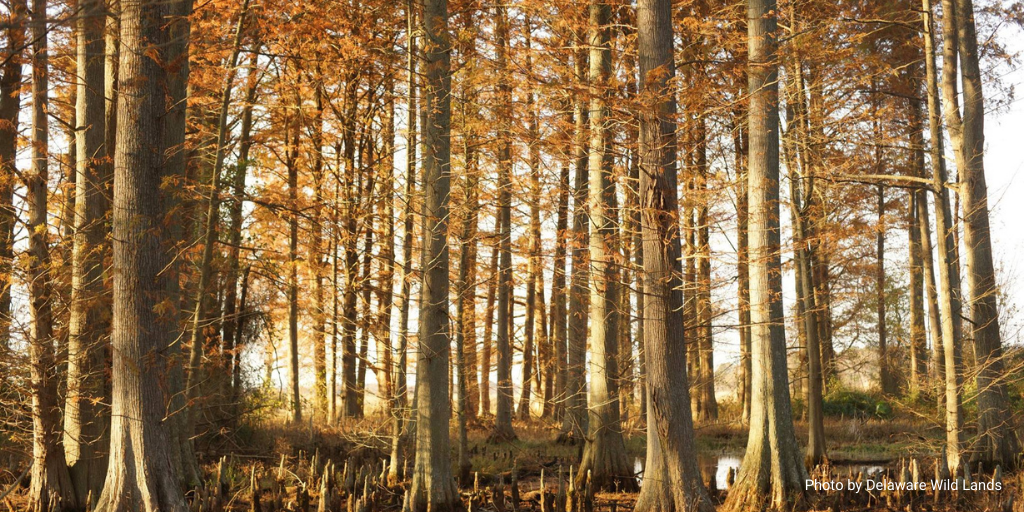
REWILDING THE GREAT CYPRESS SWAMP
Located on the Delmarva Peninsula, the Swamp is the largest forested wetland in Delaware and home to diverse plant and animal species. The Swamp stands out as a particularly significant site for birds: it is an important area for migratory birds along the Atlantic flyway, it boasts large populations of several at-risk bird species such as the prothonotary warbler, and it represents the most northerly breeding location of the Swainson’s warbler.
Over the years, the Swamp has been degraded by extensive timbering, as well as ditching and draining for agriculture, and two major fires. These pressures have reduced native species like Bald cypress and Atlantic white cedar to a fraction of their original extent.
Together with DWL, we are planting over 13,000 seedlings of these native species—a critical first step as we restore over 200 acres of forested wetland habitat in the Swamp.
Rewilding the Swamp increases carbon sequestration – helping mitigate climate change – and also support birds migrations, improves water quality, and more.
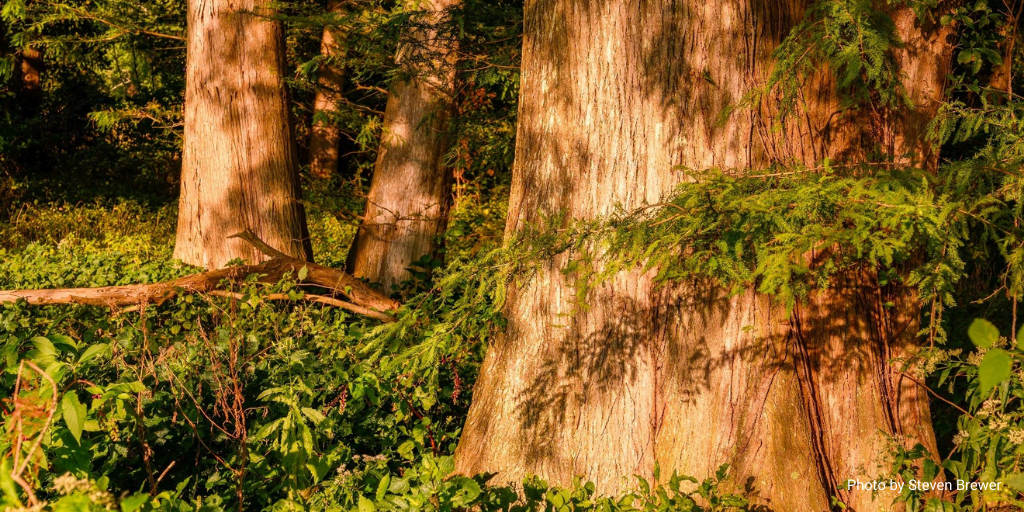 Bald cypress trees in the Great Cypress Swamp
Bald cypress trees in the Great Cypress Swamp
KNOWING THE BIODIVERSITY
Earlier this year, our botanist Dr. Steven Brewer conducted surveys of the Swamp. Initial results showed a remarkable 80% increase in plant diversity since the last inventory was done in 1998.
Steven’s findings included rare and threatened plant species, such as the seaside alder or Delmarva alder (Alnus maritima ssp. maritima), a rare member of the birch family that ranges in just five counties in the Delmarva Peninsula of Delaware and Maryland. Other records include orchids, oaks, and even a carnivorous “sundew.” Such discoveries demonstrate the importance of further research and protection of this biodiverse landscape.
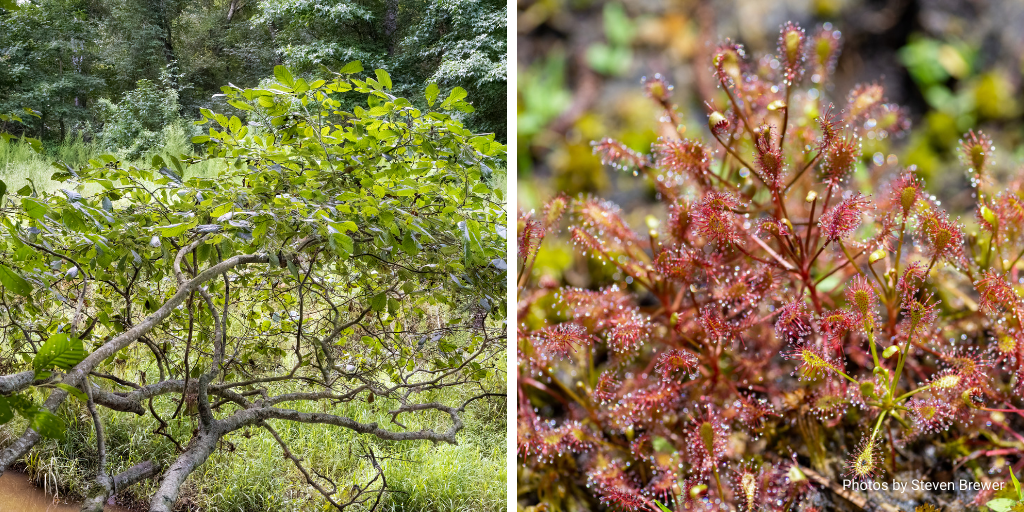 Seaside alder (left) and spoonleaf sundew (right)
Seaside alder (left) and spoonleaf sundew (right)
FINDING CONNECTIONS
In our work together, we are uncovering more about the local, regional, and even international value of the Swamp—and we are documenting connections between the Swamp and other of our program areas.
For instance, DWL has recorded more than 70 migratory bird species in the Swamp that have also been sighted in Belize, where we are working to grow and cultivate in-country expertise and interest in botany through our Trees of Belize Project, directed by Steven Brewer.
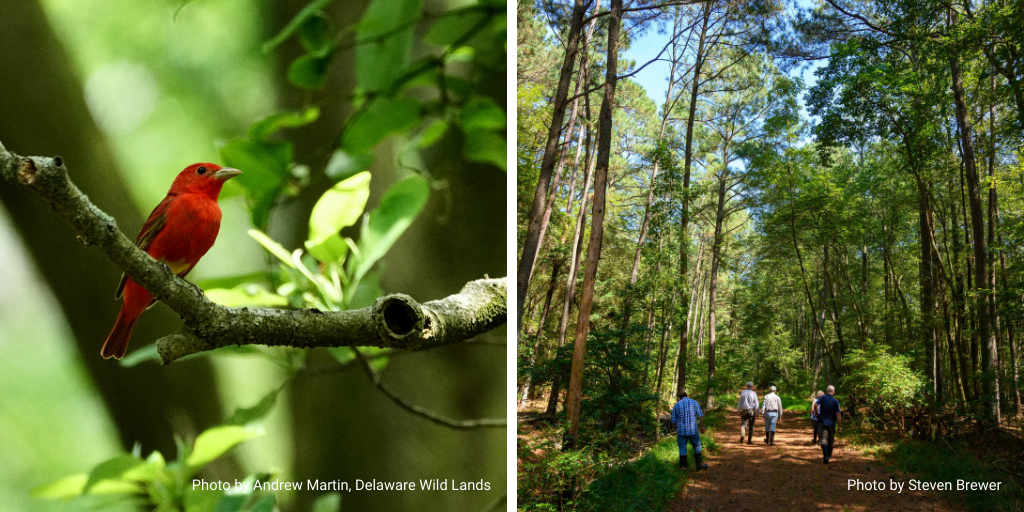 Left, the summer tanager is one example of a neotropical migratory bird found in both Delaware’s Great Cypress Swamp and the forests of Belize. Right, members of our teams walk along a path in the Great Cypress Swamp.
Left, the summer tanager is one example of a neotropical migratory bird found in both Delaware’s Great Cypress Swamp and the forests of Belize. Right, members of our teams walk along a path in the Great Cypress Swamp.
By bringing together our teams’ complementary skills, we are amplifying our impact—and we are just getting started!

